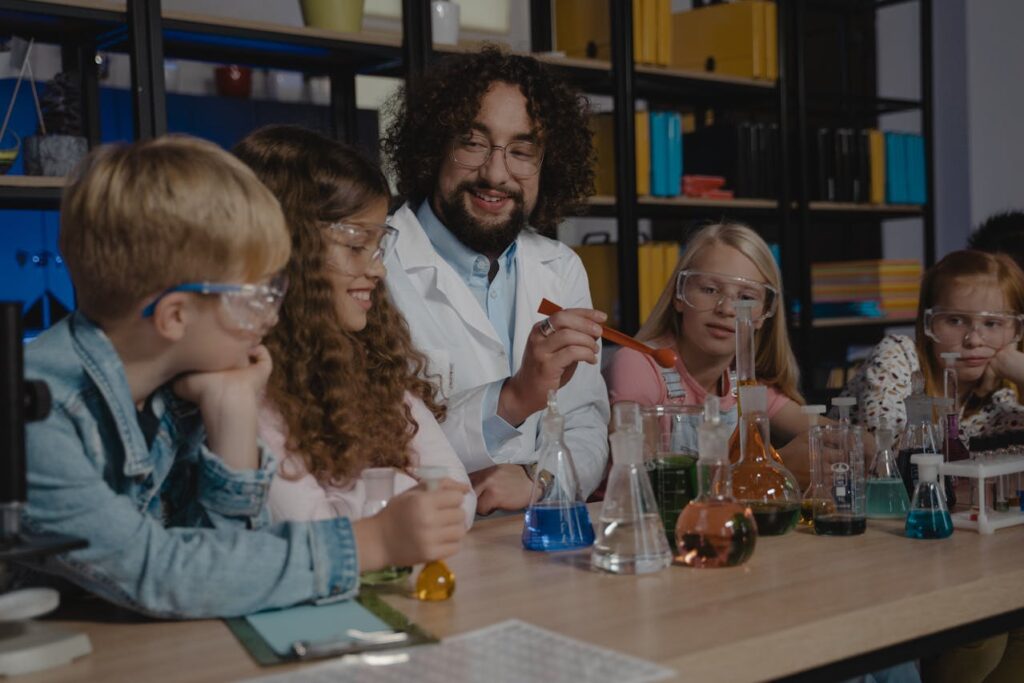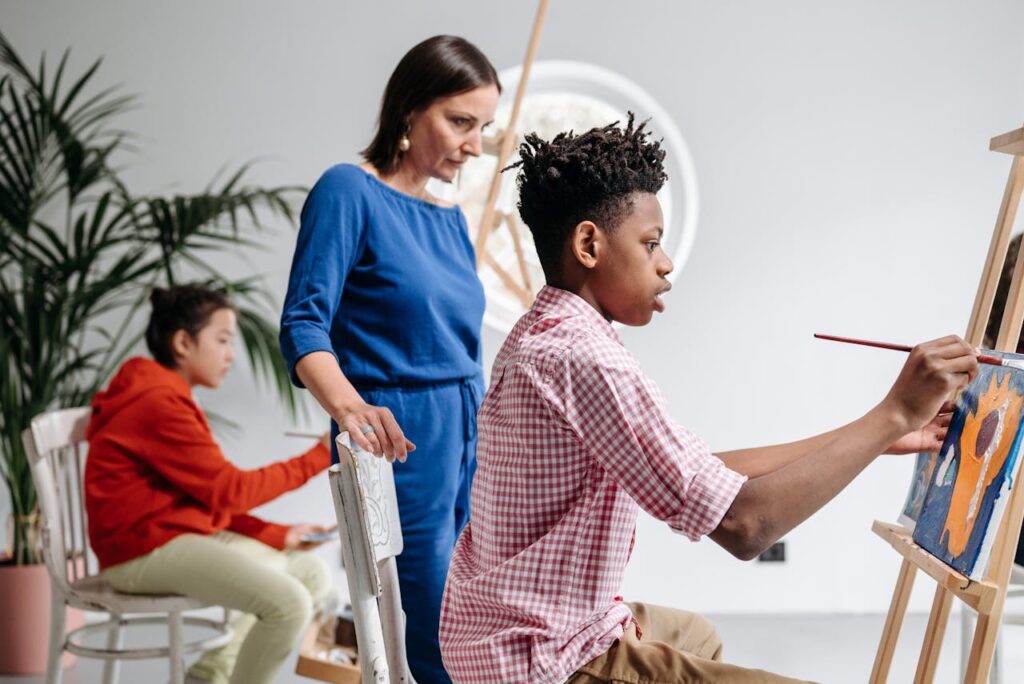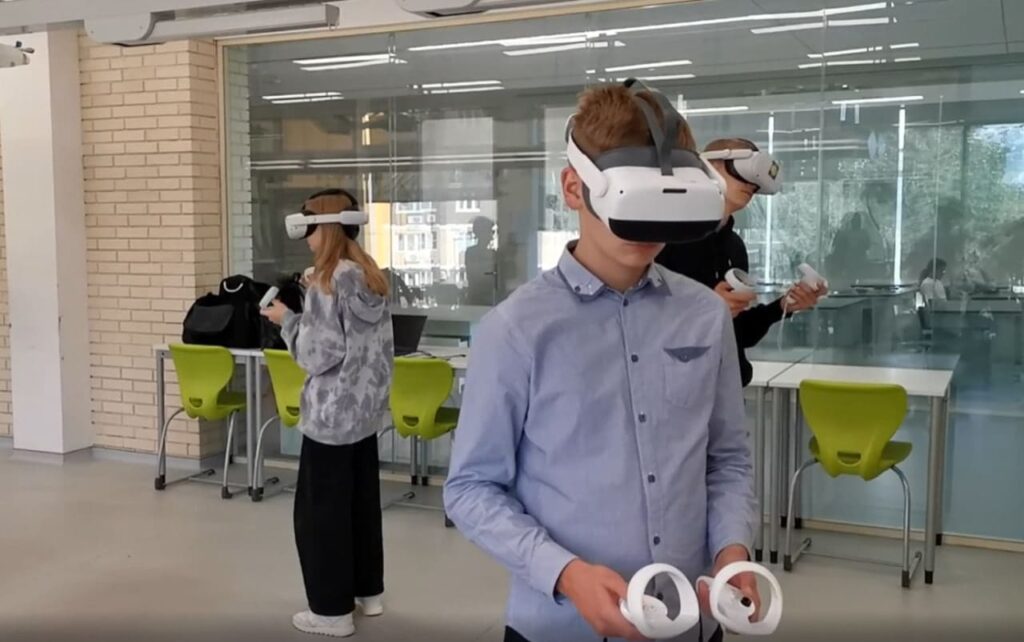

Modern education is evolving rapidly, and Project-Based Learning (PBL) stands out as one of the most future-focused methods for nurturing well-rounded students. Far from being a passing trend, this approach offers meaningful, real-world skills that prepare children for success in our fast-paced, tech-driven world. Below, we explore why a school that embraces PBL can transform your child’s educational experience.

In today’s world, knowledge alone isn’t enough. Learners must be able to apply what they know in inventive ways. Through PBL, students:
For more on communication and leadership essentials, visit our article on soft skills for future success.

PBL goes beyond standard lessons by immersing students in authentic tasks. This hands-on method is particularly valuable in STEM fields like physics or chemistry, where just memorizing facts falls short. When children actively solve problems and observe real outcomes, they form stronger, more enduring understandings:
Rapid advancements in fields like AI, automation, or extended reality mean that education must keep pace:

In a PBL environment, lessons feel less like “drudgery” and more like engaging missions:
Many PBL assignments revolve around practical, authentic issues—like inventing eco-friendly solutions or tackling real community needs:
By seeing the concrete impact of their projects, children gain confidence and resilience—key traits for lifelong success.
Although younger students often love crafts and group games, teenagers sometimes crave higher-level stimulation. This is where sophisticated digital tools come into play. By adopting advanced immersive software, schools can spark a sense of challenge and realism that appeals to older youth.

An excellent illustration is the possibility of transforming standard science labs with 3D simulations—where older students can experiment with advanced concepts or explore hypothetical planetary habitats. This fosters curiosity and problem-solving skills in a compelling way.
Although our focus at XReady Lab typically revolves around STEM labs and subjects like biology or physics, we’re excited by the larger potential of immersive experiences in schools. Tools that incorporate interactive elements allow older learners to see the immediate relevance of topics. Check out how an immersive environment can meet the learning preferences of the alpha generation in our discussion on rethinking education.

Examples of Immersive Learning:
Project-Based Learning is more than an educational buzzword; it’s a robust approach that nurtures inquisitive, self-motivated, and emotionally resilient students. By focusing on meaningful, hands-on tasks and integrating modern technology, PBL transforms the classroom into a lively, purposeful environment.
If you want your child to genuinely enjoy learning and gain key competencies for the future, seeking out a school that embraces PBL is a wise choice. The result is an educational journey that feels more like an adventure—supporting kids with valuable insights, critical thinking, and the confidence to tackle any challenge that life brings their way.
At XReady Lab, we champion innovative teaching methods, complementing them with immersive tools that enrich science and beyond. Let’s empower children to learn with curiosity, mastery, and enjoyment, preparing them for an ever-evolving world.
Frequently Asked
We prodive VR biology, VR physics, and VR chemistry simulations. Please, check our catalog.
Please, fill the form to get demo labs for free.
Please contact our customer support service at support@xreadylab.com or book a call with the team to find out the conditions and book the VR class set up at your school.
Subscription to XReady Lab interactive VR labs. If you are a school, then you are also given access to the VR classroom system. VR class system helps you easily launch VR lessons for a large number of students, follow the experience of each student, as well as customise the content without developers.
We adhere to the world’s generally accepted recommendations and research. Our products are suitable for children from 12 years old.